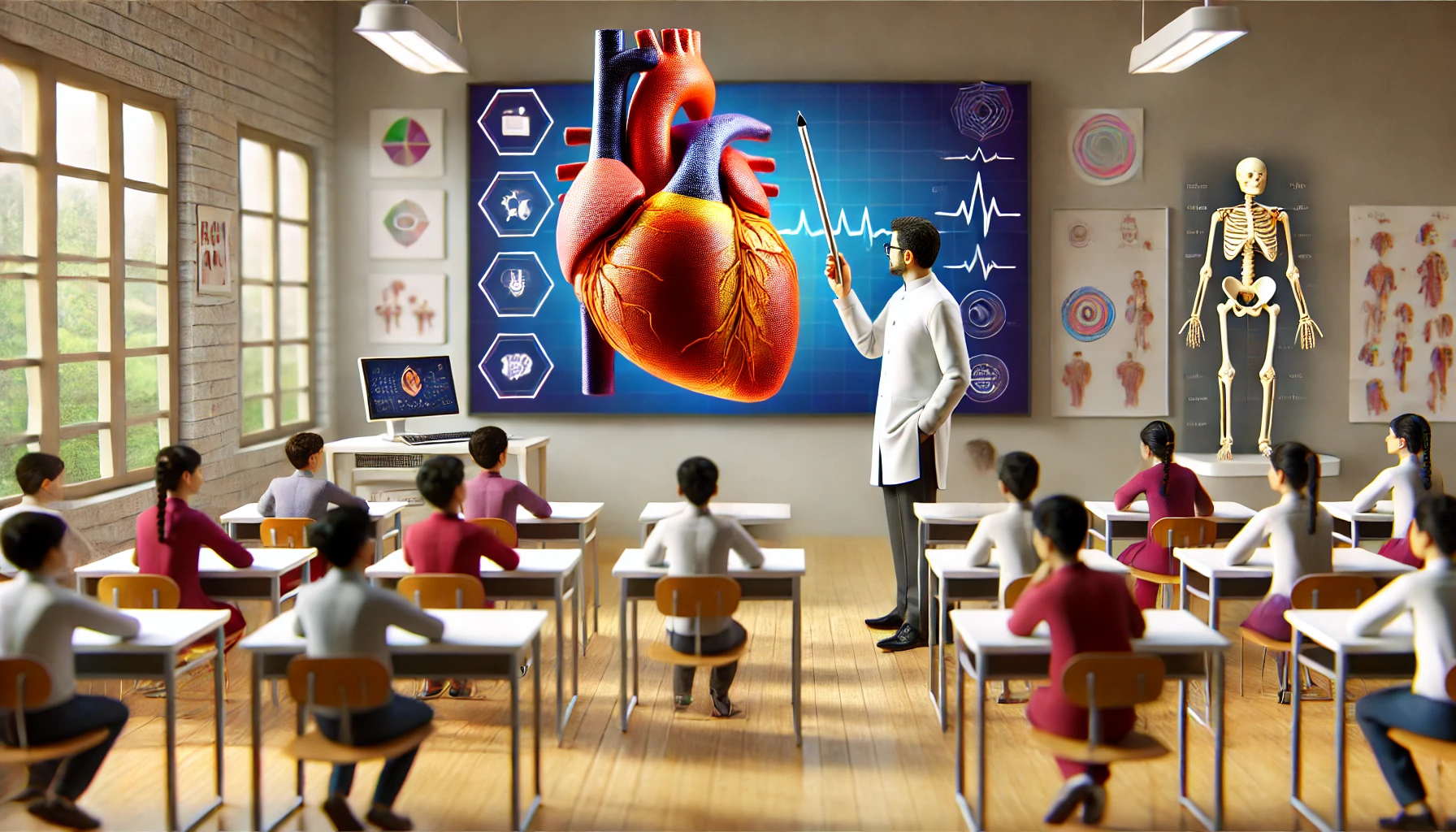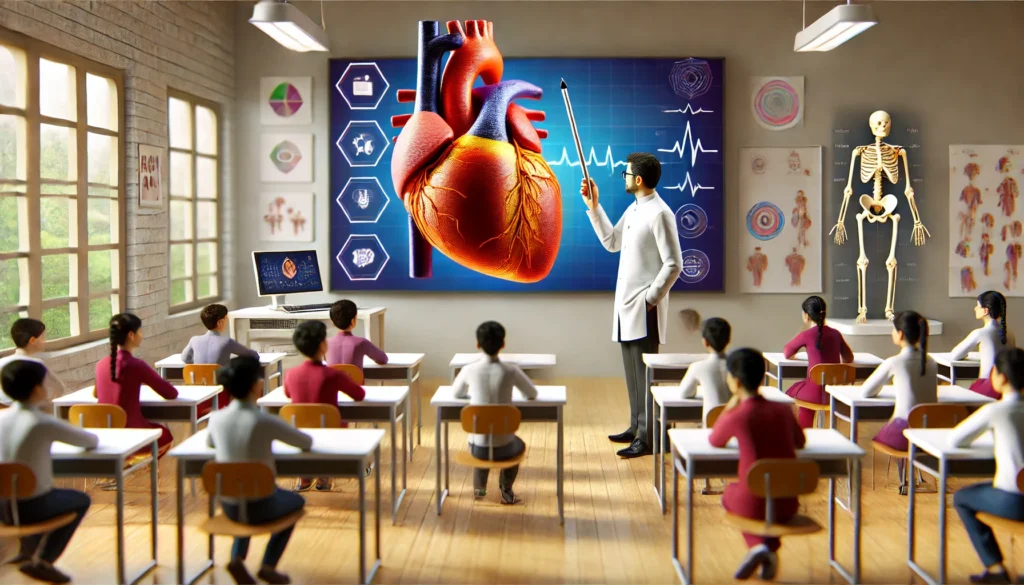SenseXR AR-VR Controller For Smartphone Buy Now
How AR-VR Tech Is Changing Future Education


Augmented Reality (AR) and Virtual Reality (VR) technologies are rapidly reshaping the future of education by creating immersive, interactive, and personalized learning experiences. Here’s how AR-VR tech is changing the educational landscape:
1. Immersive and Experiential Learning
Augmented Reality and Virtual Reality transform education by immersing students in virtual environments or overlaying digital content onto real-world settings. This allows students to experience historical events, scientific phenomena, or geographic locations as if they were present. For example, students can explore ancient Egypt, observe planetary motion, or dissect virtual organisms without leaving the classroom.
2. Hands-On Practice and Skill Development
Both AR and VR create simulations for real-world scenarios, giving students hands-on experience in fields like medicine, engineering, and vocational training. VR can replicate complex surgeries for medical students, while AR can help architecture students visualize structures in 3D. This kind of experiential learning ensures students can practice repeatedly in a safe, controlled environment.
3. Personalized Learning Paths
Augmented Reality and Virtual Reality technologies allow students to learn at their own pace and provide interactive, customizable lessons. These technologies can adapt content based on individual learning preferences, making education more inclusive and effective. Students who need more practice or wish to dive deeper into a subject can do so without time constraints.
4. Collaboration and Remote Learning
AR-VR enable students from different locations to interact and collaborate in virtual spaces. Virtual classrooms allow students to attend lectures, work on group projects, or engage in discussions from anywhere in the world. This makes education more accessible and helps foster global collaboration.
5. Enhanced Retention and Engagement
Traditional learning methods often rely on textbooks and lectures, which can result in passive learning. Augmented Reality & Virtual Reality, by contrast, engages students more actively, as they participate in virtual labs, solve puzzles in interactive worlds, or even interact with historical figures in virtual tours. This increased engagement leads to better retention of knowledge.
6. Cost-Effective Alternatives
Building physical labs, taking students on field trips, or offering extensive resources can be expensive. AR-VR solutions offer cost-effective alternatives by providing virtual labs, simulated environments, and experiences that schools and universities can use without significant infrastructure investments.
7. Bridging the Gap Between Theory and Practice
AR and VR helps bridge the gap between theoretical knowledge and practical application. In fields like engineering or chemistry, where practical experience is crucial, Virtual Reality can simulate real-world challenges, and Augmented Reality can superimpose helpful information or instructions over a live environment. This makes theoretical lessons more tangible and applicable.
8. Special Needs Education
AR-VR offer significant advantages for students with special needs. By creating customized learning environments, these technologies cater to different learning abilities, helping students with disabilities learn at their own pace in environments suited to their needs. For example, Virtual Reality can help students with autism develop social skills through virtual interactions.
9. Gamification of Learning
AR-VR supports the gamification of education by turning lessons into interactive games. Game-based learning helps in enhancing student motivation, making learning fun, and improving problem-solving skills. It also fosters a sense of accomplishment through rewards and progression in learning objectives.
10. Future Career Training
As industries adopt AR and VR in fields like healthcare, aviation, automotive, and entertainment, students will be better prepared for the workforce by learning through these technologies. Training simulations help students develop industry-relevant skills, offering a competitive advantage in their future careers.
Key Examples:
- AR in Education: AR apps like “Google Lens” allow students to point their device at objects to receive instant information, bringing textbooks to life with interactive diagrams and 3D models.
- VR in STEM Learning: Platforms like TechXR’s Eduverse offer 300+ STEM-based AR/VR experiences, where students can perform virtual science experiments or explore human anatomy in 3D.
- Medical and Engineering Training: Virtual Reality simulators enable medical students to practice surgeries or engineering students to design and test virtual prototypes.
- Virtual Field Trips: AR-VR can take students on virtual field trips to places like the International Space Station, deep oceans, or famous museums, making the world their classroom.
Future Prospects of AR-VR:
As AR and VR technologies continue to evolve, we can expect more personalized, adaptive, and collaborative learning environments. With the integration of artificial intelligence, these immersive technologies will provide tailored educational experiences, enabling every student to thrive in their unique learning journey.
In conclusion, AR and VR technologies are not just tools for the future but are shaping the present, making education more engaging, practical, and accessible for students worldwide. They are helping create the schools of tomorrow, where learning is a fully immersive, interactive experience.
If you want to make your child’s learning journey more easy and engaging. Then you can explore SenseXR AR-VR Educational Kit.